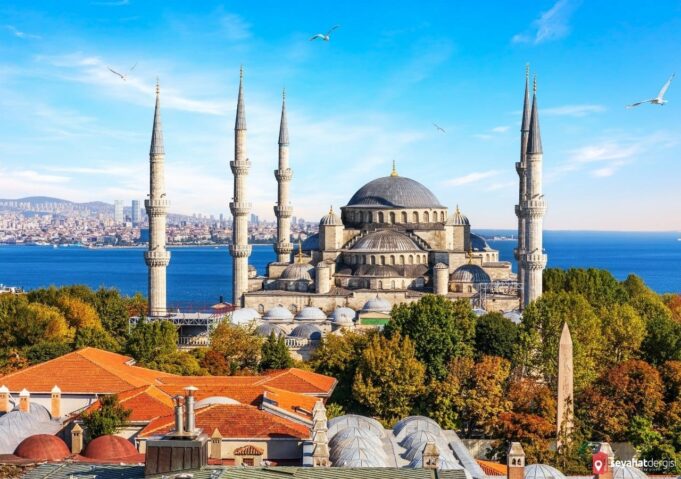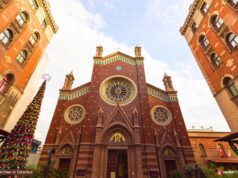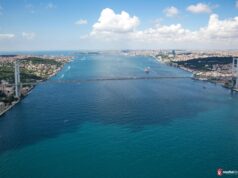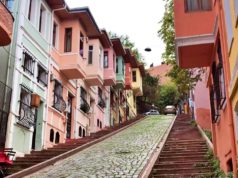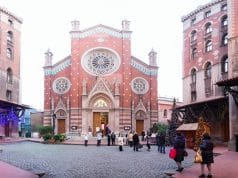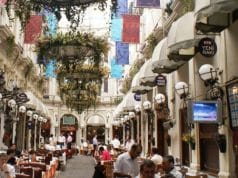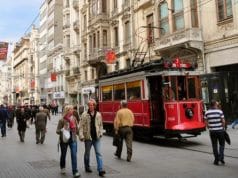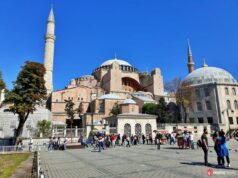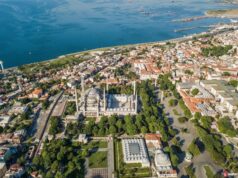Sultan Ahmet Mosque (Blue Mosque) is one of the most special mosques in Turkey and perhaps the world. With its splendor, history, and fine details, it is perhaps one of the must-see places in Istanbul. However, there are some things you should know before going to the Blue Mosque.
[toc]
Be sure to read our article on the Hagia Sophia Mosque, which is the symbol of the city.
You should also take a look at our list of Things to Do in Istanbul, where the city’s most important mosques are located.
Blue Mosque History and Information
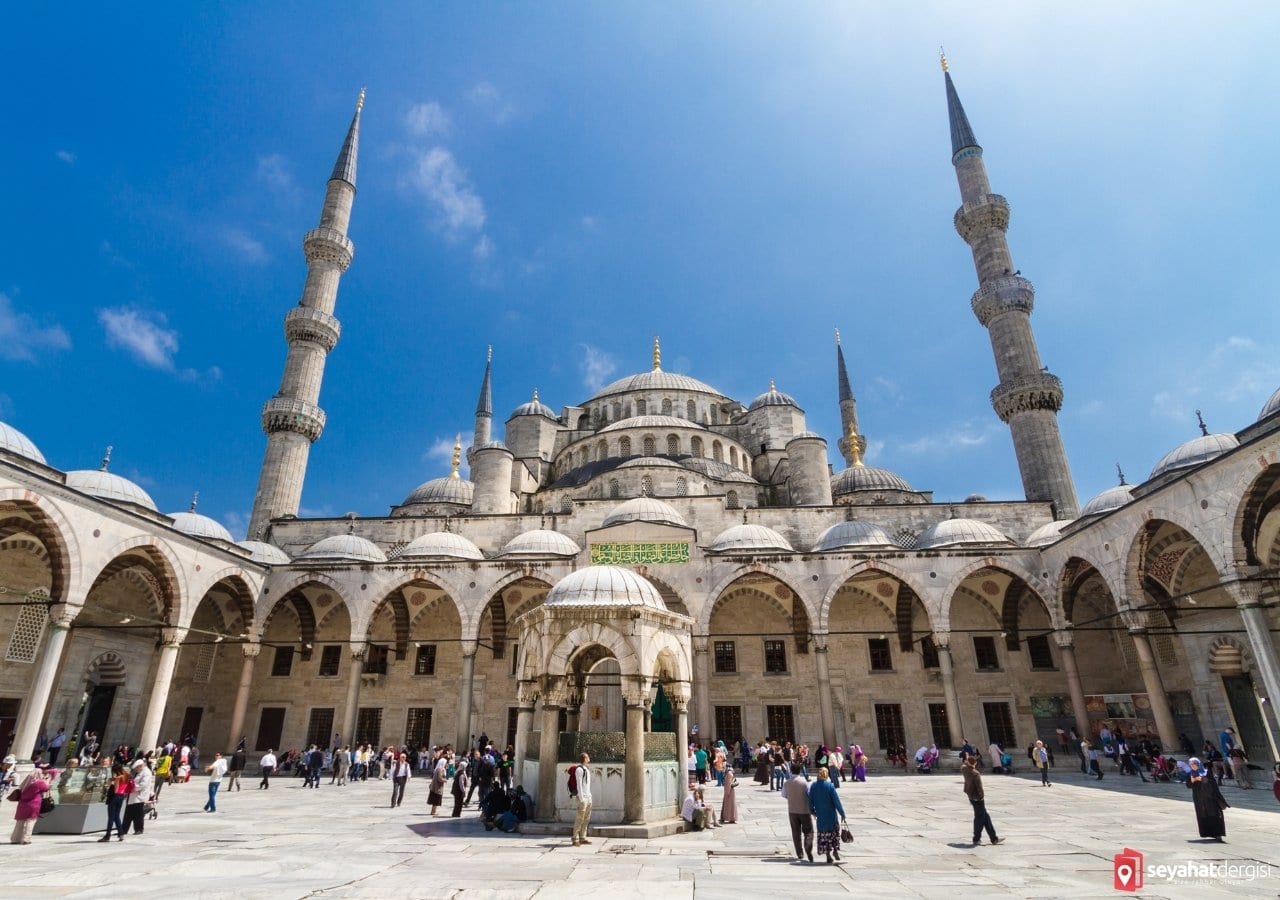
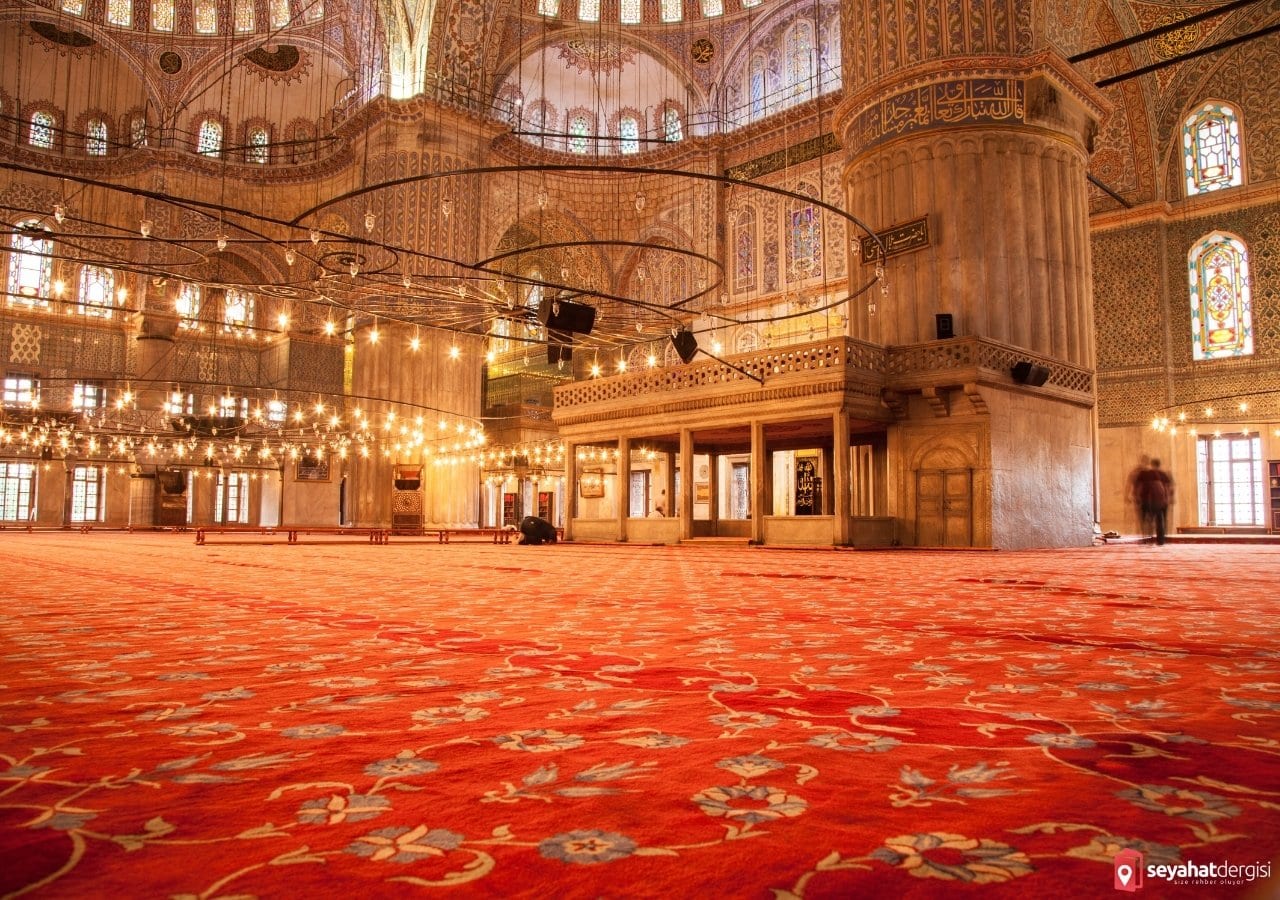
The construction of the Blue Mosque, built by the Ottoman Sultan Ahmed I, who ascended the throne almost as a child and died at a very young age, started in 1609 and could be completed in 1616 after 7 years of hard work. After Mimar Sinan, there is only one person who is believed to be able to produce such a work, and that is Architect Sedefkar Mehmet Aga, who is also one of Mimar Sinan’s students, and he is the architect of the mosque.
Considered together with the mosque complex, it is one of the largest complex structures in Turkey. Unfortunately, the complex has not reached the present day. In 1934, with the Hagia Sophia losing its mosque qualification and turning it into a museum, it became the main mosque of Istanbul and even Turkey. Today, the mosque, which hosts tens of thousands of people who come to the mosque during the day both to pray and to visit, also has some lesser-known interesting features.
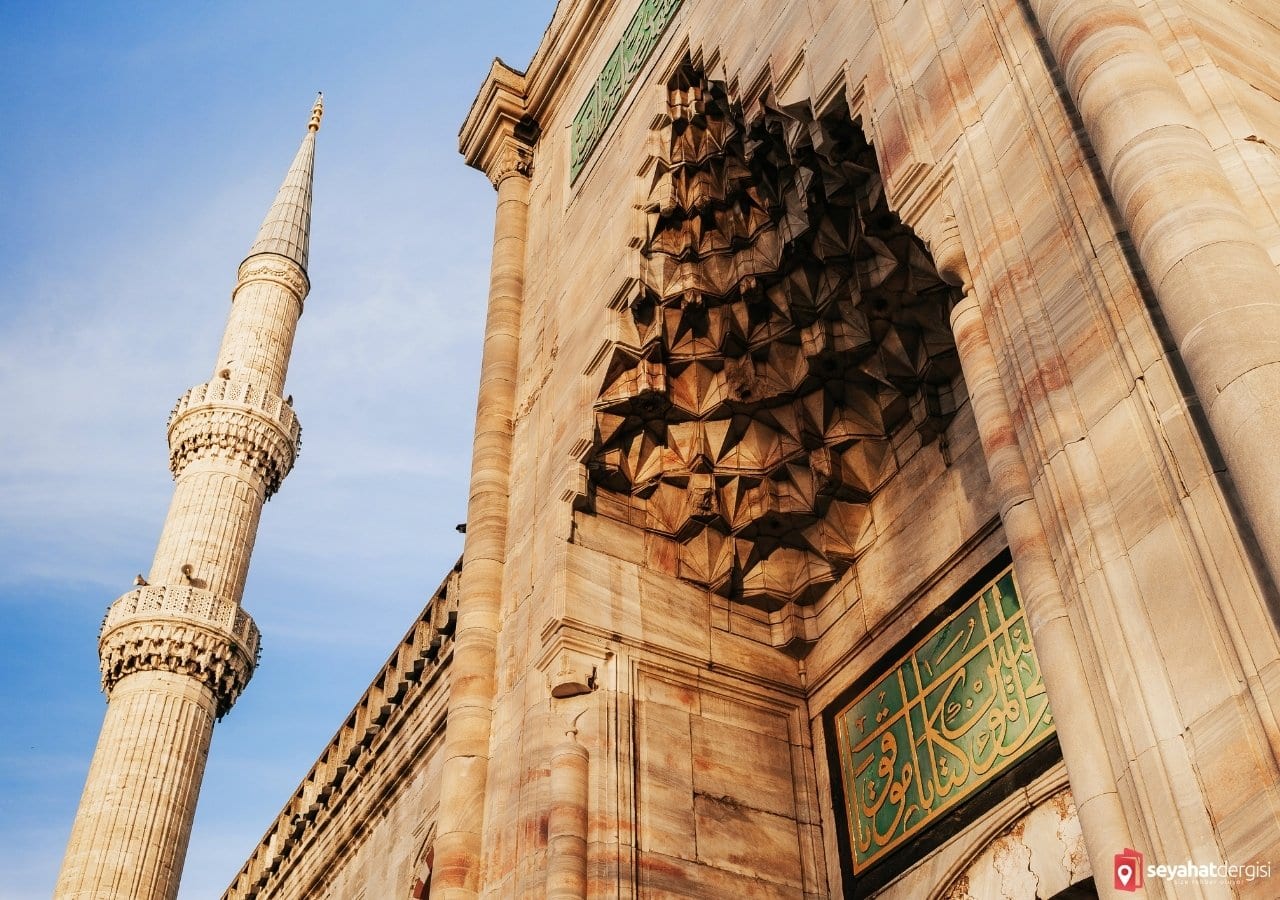
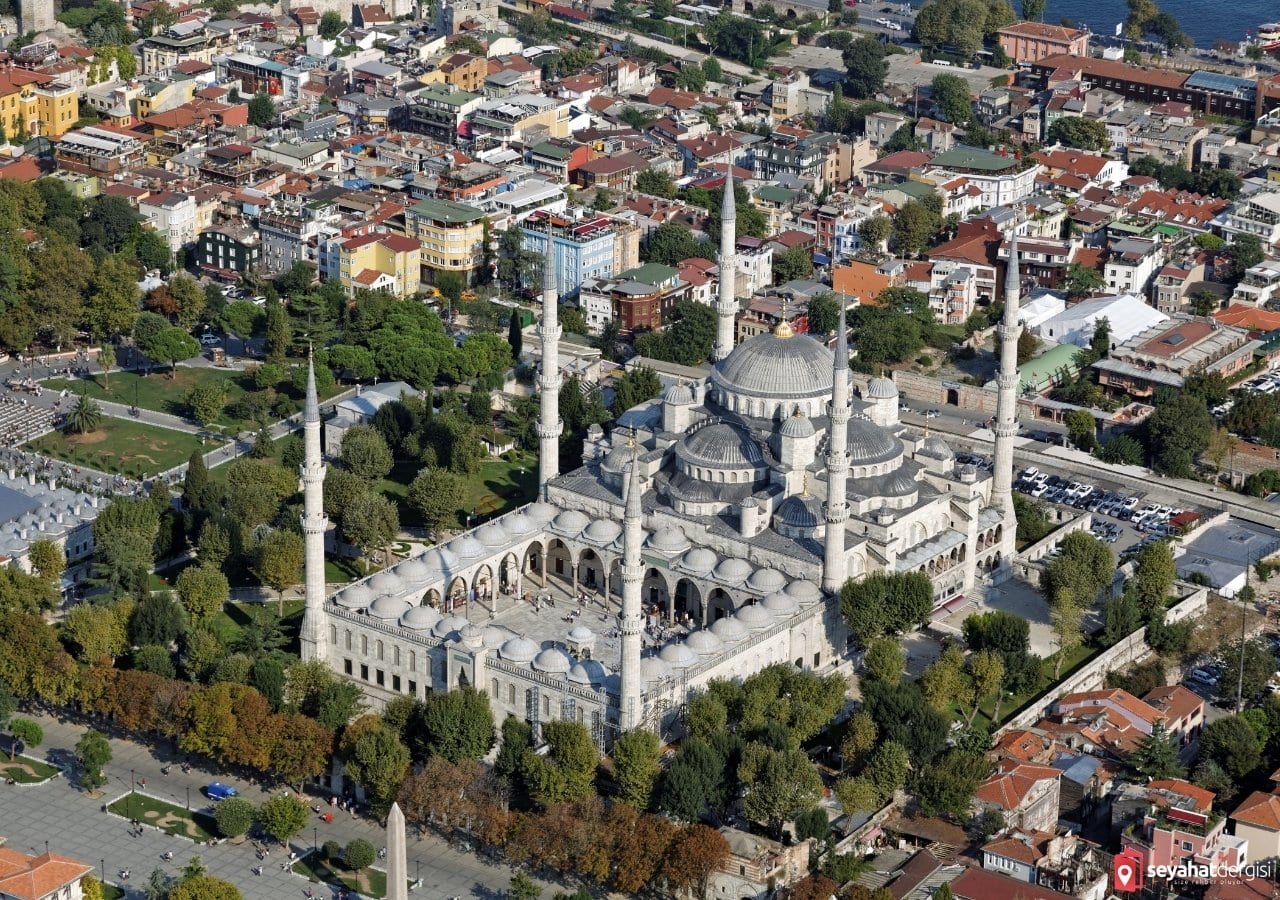
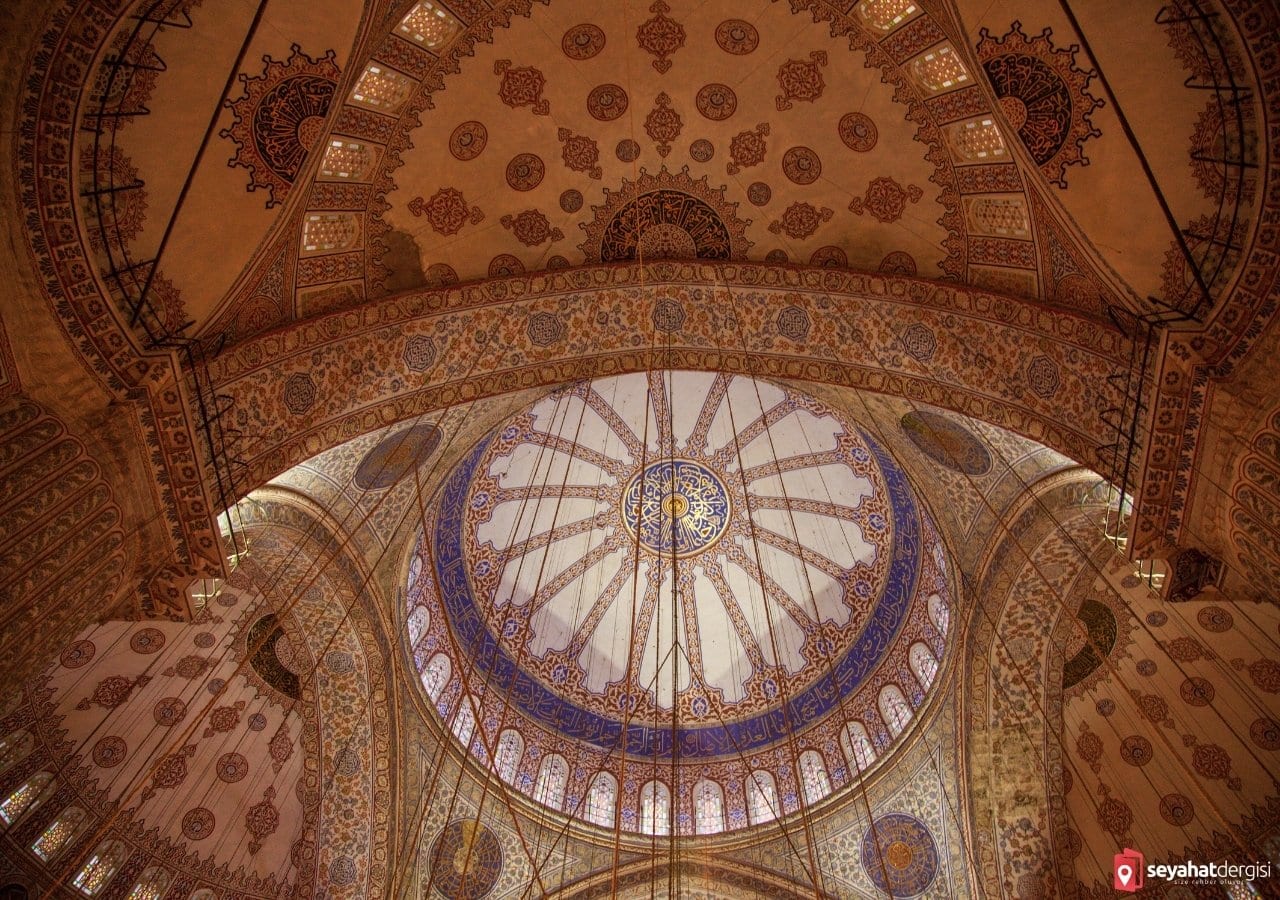
Unknown Features of Blue Mosque
- While the foundation of the mosque was being laid, the sultan himself filled his caftan with soil and carried it to the foundation. Likewise, important religious and statesmen of the period attended the groundbreaking ceremony and prayers were said.
- The Blue Mosque is one of the brightest temples in terms of its structure. It is known as the Blue Mosque by Europeans because of the Iznik tiles inside.
- It is the only selatin mosque with 6 minarets.
- The fact that the mosque will have 6 minarets and the Kaaba also have 6 minarets caused a reaction. The sultan himself must have given some right to the reactions, that he had the minarets of the mosque built after he had the 7th minaret built by the Kaaba in order to solve the problem.
- Rumor has it that minarets were intended to be built of gold. However, because the budget was not enough, Sedefkar Mehmet Ağa supposedly misunderstood this order and built “six” minarets instead of “gold”.
- The mosque is illuminated with 260 windows. The dome height of the mosque is 43 meters and the diameter of the dome is exactly 23.5 meters.
- There is an iron cord at the entrance of the mosque. When the sultan comes to the mosque, he has to enter the mosque by bowing on his horse. Thus, it was aimed to give the message that even the sultan should enter the house of Allah by bowing.
- The pickaxe that Ahmed I used while laying the first foundation in the construction of the mosque is kept in Topkapı Palace.
- When it was first built, its name was Yeni Cami. It was named Sultanahmet after the New Mosque built in Eminönü.
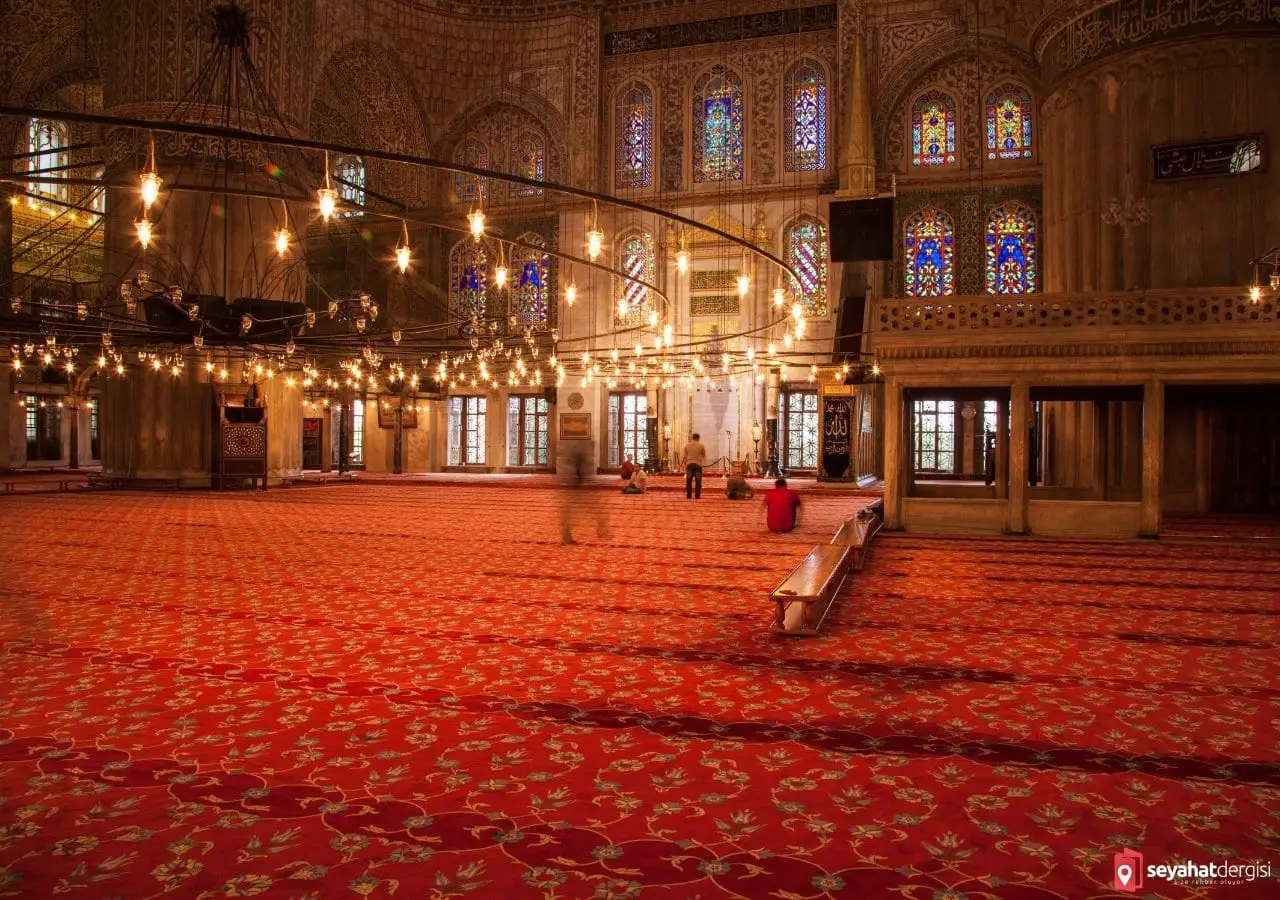
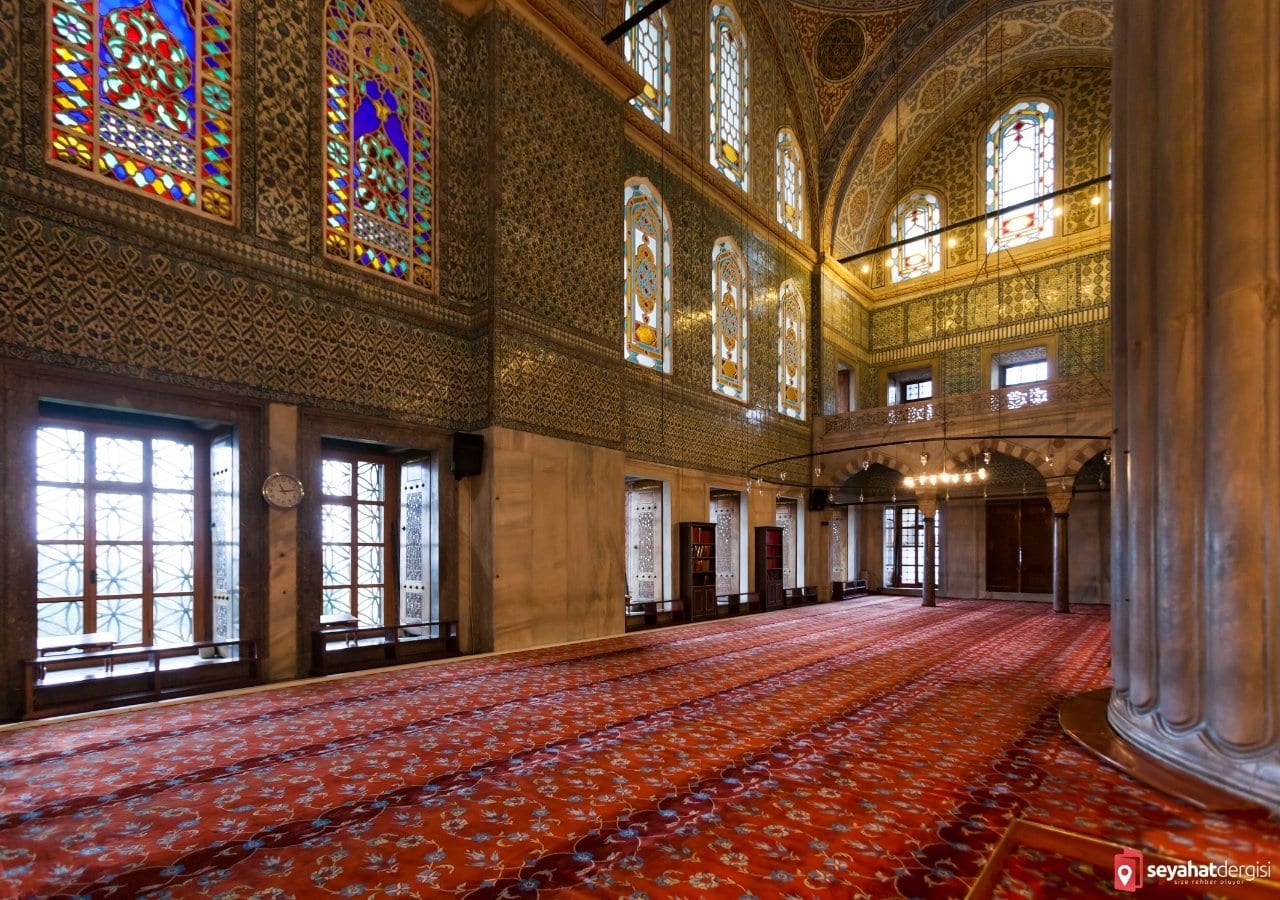
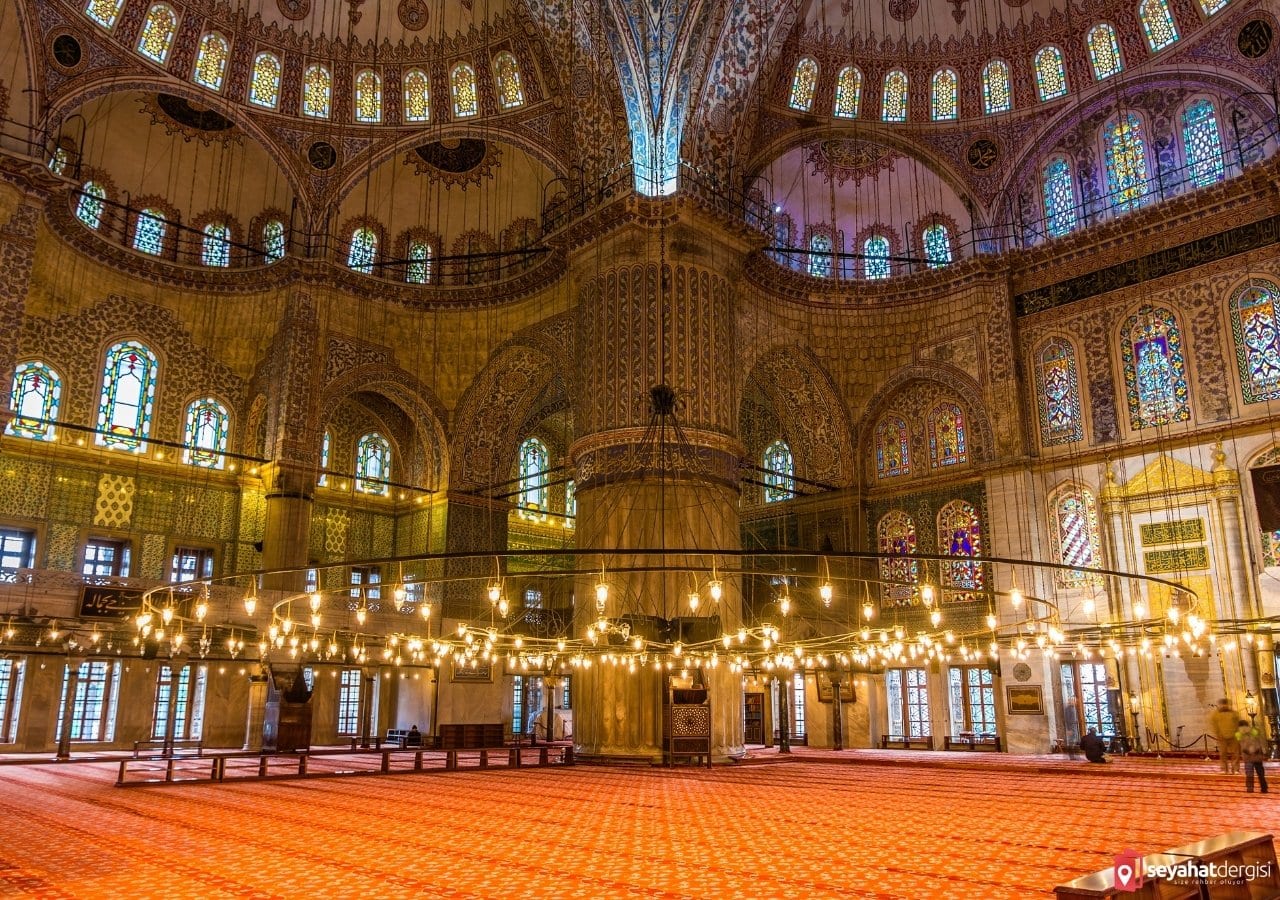
Where is Blue Mosque?
Located in the province of Istanbul, the mosque also gave its name to the district where it is located, Sultanahmet. Access to the mosque is possible from almost anywhere in Istanbul with many different alternatives.
How to go?
The easiest way to reach the mosque is by using the Bağcılar- Kabataş Tram Line, which also passes through the Historic Peninsula;
For this reason, those coming from Anatolia can come to Kabataş or Eminönü by sea and take the tram from there.
Those coming from Edirne-Atatürk Airport direction can easily switch to the tram line from here if they get off at Yusufpaşa Stop by using the metro.
Those who want to come with their own vehicle can leave their vehicles in Eminönü and reach the Blue Mosque by walking or by taking the tram, as they may experience problems in the Historic Peninsula.
Map and Location
You can find the map and transportation alternatives for the Blue Mosque in the location information section.
You can share your visits to the Sultan Ahmet Mosque, your knowledge, and your experiences by commenting on our article.


